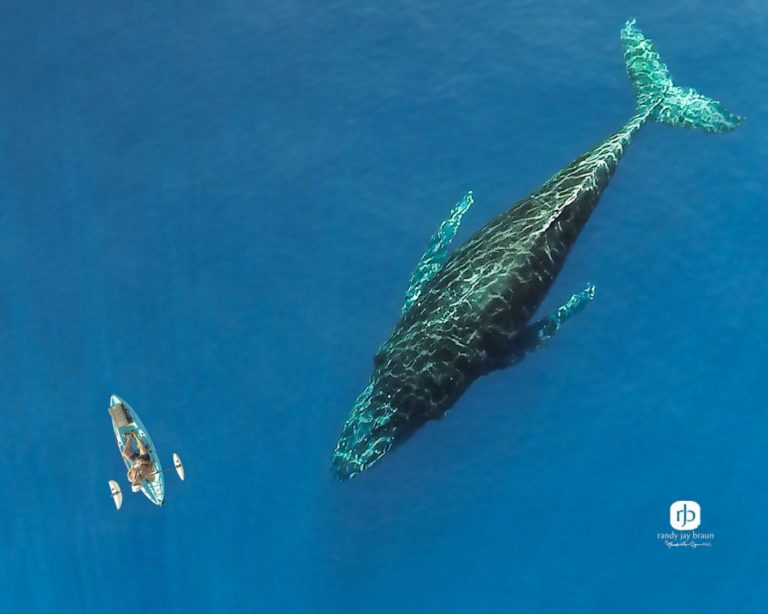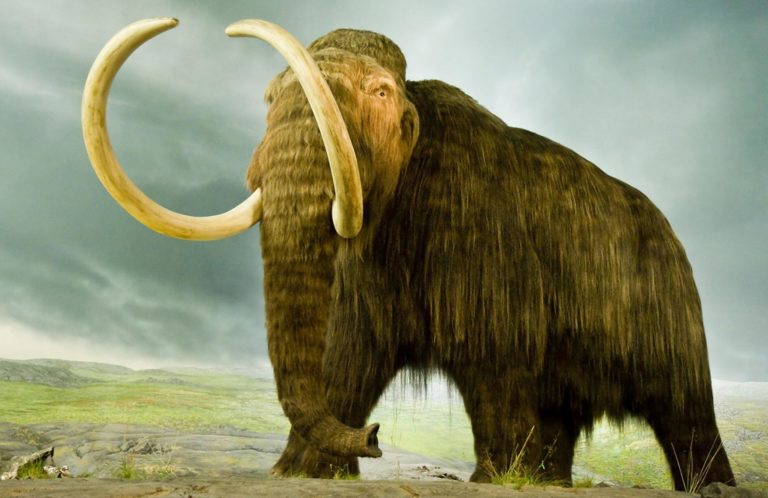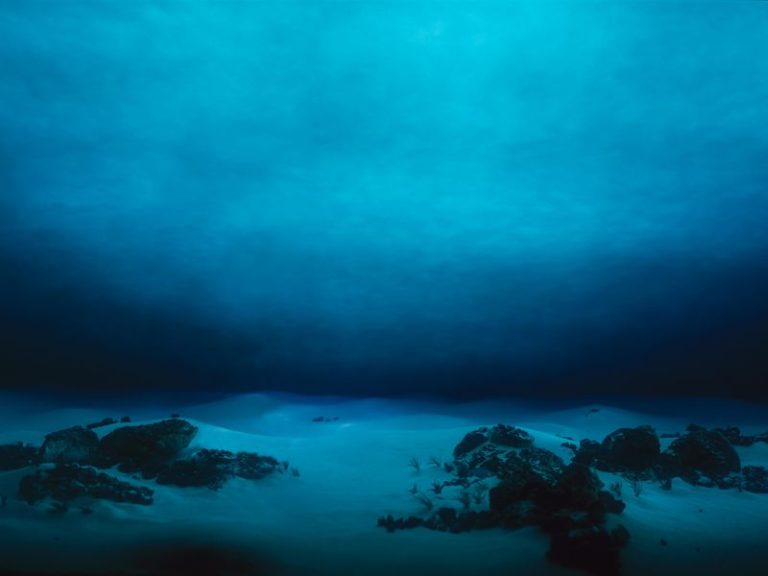Obviously, we here at GDEP have a lot of love for big, charismatic, marine animals. Marine mammals such as orcas and dolphins are known for their intelligence, complex social structure, and beauty. We could go on and on about the interesting facets of cetacean species (and we have), but today we’re taking a moment to appreciate the not-so-glamorous little guys, the unsung heroes of the deep sea.
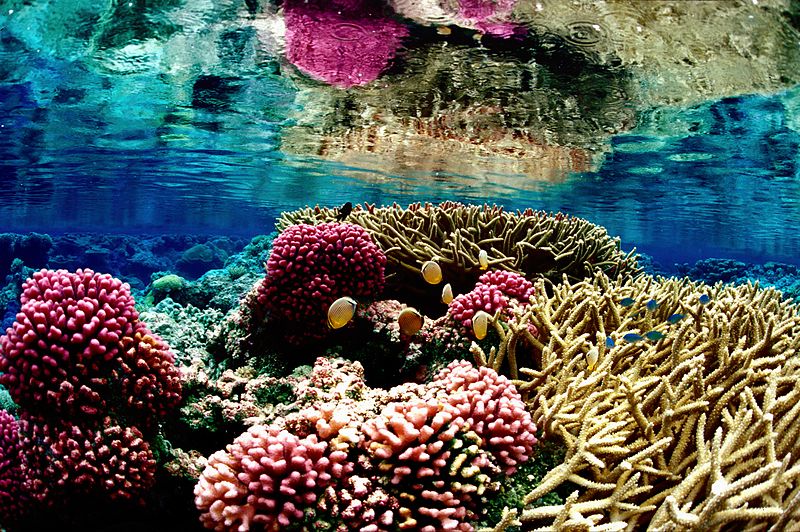
Photo credit: Jim Maragos/U.S. Fish and Wildlife Service

Amongst the bright purples, yellows, reds and blues of the ocean’s vibrant and (tragically) dying coral reefs lives a small, unremarkable, black and white fish called the cleaner wrasse (Labroides dimidiatus). They may not look like much, yet the cleaner wrasse has become the fixation of many a biologist, comparative psychologist, and economist in recent years. Why? This little fish cleans up and cleans out.
Their story begins in the late 1990’s, when a handful of biological researchers and economists started studying and running experiments to find whether animals were capable of economic activity. Since the days of Plato, humans have been theorizing as to what divides humans from other animals–what makes us unique? The answer used to be language, until we gained a better understanding of why bees dance and why whales sing. Measures of intelligence or social complexity formerly thought to be hallmarks of the human mind, such as recognizing one’s own reflection, using tools, or mourning the dead, were subsequently overturned when these behaviors were observed in dolphins, crows, chimps, penguins, and other underestimated members of the animal kingdom. Eventually, the purported humanity-defining characteristic turned, for many, to co-operative trade–complex and rational economic activity.
As scientists soon found, this division wouldn’t hold as exclusively human either. One of the first candidates to challenge the so-called Homo economicus concept were capuchin monkeys, trained by economist Keith Chen to use metal washers as coins. Chen and his team were constantly surprised at the human-like ways the monkeys responded to economic situations such as price shocks. One washer bought you one apple slice yesterday, but today apples are on sale and one washer gets you two slices; the monkeys caught on quick, and bought more apples while they were on sale.

Perhaps most remarkable was the way the capuchins reacted irrationally to the same degree as humans do. In economics, when a group of people are randomly given one of two objects (the common example is a mug or a pen), roughly 50% of the people will have gotten their preferred object, and (rationally) the other 50% should request a trade to get their preferred object. Yet, in reality only 10-20% of people request a trade. This behavior, called loss aversion, is an emotional and irrational response people have to giving up something they see as theirs; we’re so averse to giving up what we have that we’d rather accept the object we don’t prefer than trade to get the one we really wanted. The capuchins showed the same rate of trade, and thus irrational economic behavior, as humans do. While surprising, this finding shouldn’t be entirely shocking. The evidence for primate intelligence and emotional range has been stacking up for decades, and we do share about 97% of our DNA with capuchins– fish, however, are far from known for their intellect. That’s what made the discovery of the cleaner wrasse’s sophisticated business practices especially groundbreaking.
Back to our little fish. A biological researcher by the name of Redouan Bshari also began studying primates, but after having his fill of wandering around a muggy jungle, he shifted his focus to coral reefs. After some brief observation of this underwater world, Bshari began to see patterns, and then to test them. Cleaner wrasse make their living in the reef as the would-be spa owners of the sea; they set up shop in a corner of the reef and fish of all kinds come to get their scales polished and their aches and pains soothes. Cleaning and eating the parasites and dead flesh off of other fish might seem a simple task at first, but Bshari quickly realized the cleaner wrasse was running a more sophisticated operation than it first appeared.
As Bshari found, the cleaner wrasse serviced two types of customers: locals, and out-of-towners. The locals lived in a small range, with just the one cleaner wrasse they can go to for a grooming. The out-of-towners, however, traveled a wider range and had the option to see several different cleaner wrasses. Bshari observed the wrasses handling these customers in specific and interesting ways, ways that mimicked human markets quite closely.
When a line would form to see a cleaner wrasse, the wrasse would recognize which customers were locals and which were not and, knowing out-of-towners could easily take their business elsewhere, would take care to see the foreigners more quickly. On top of that, the wrasse would give the out-of-towners a better treatment, massaging the fish’s muscles with its fins and refraining from taking a sneaky snack of healthy flesh or mucus from the fish. The cleaner fish actually prefers the tastier and more nutritive mucus or healthy flesh, but has to balance the desire for a treat and maintaining its customers’ loyalty.
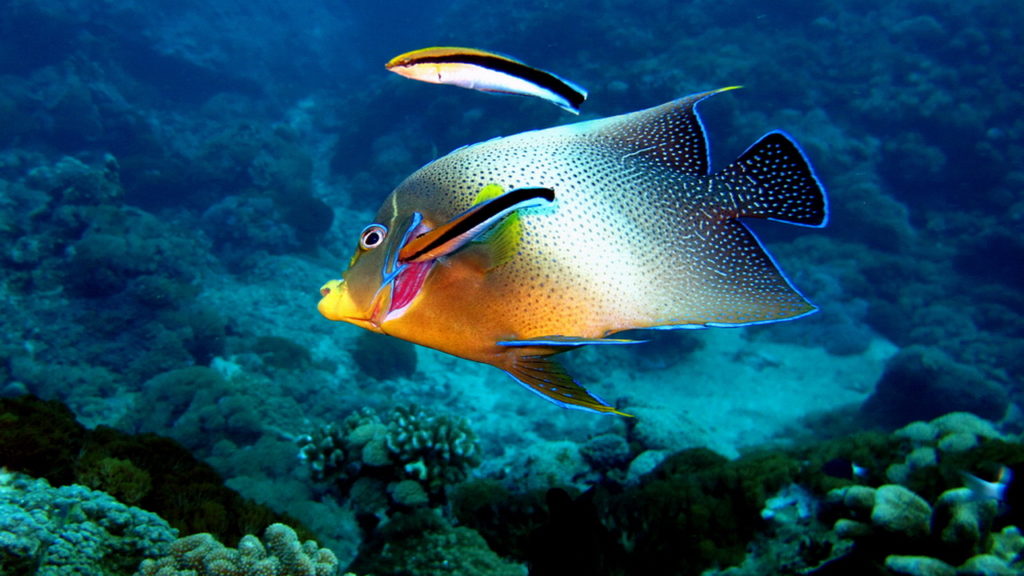
Do the local fish put up with this inferior treatment? Not quite. Bshari also found that the cleaner wrasse who had shorted a local customer with a long wait or poor service would make a point of giving him or her especially speedy and high quality service the next time the fish visited for a cleaning. These behaviors may seem a far cry from our skyscrapers and stock exchanges, but when you cut through all the bells and whistles in our human marketplace, you see the same basic economic principles involved in this biological market as in human markets: partner choice, monopoly power, competition, and cost-benefit analysis. Except, rather than Wall Street bigwigs and IBM computers making these complicated decisions, it’s a little fish in a coral reef. Pretty remarkable, isn’t it?
We often think that all the big discoveries have been made, that we understand the way the natural world works. But discoveries like these that alter our understanding of basic questions like “are fish smart?” and “do other animals trade?” prove us wrong time and time again. With as much as 95% of world oceans unexplored and perhaps two thirds of ocean species left undiscovered, the combination of what we have never known and what we have misunderstood leaves a mountain of untold biological secrets to be learned. And unless we invest in slowing the climbing rate of species and ecosystem extinction as well as conserving our vulnerable oceans, we may never know how much we’ll never know.
Resources
- http://freakonomics.com/podcast/animal-economics/
- https://www.ncbi.nlm.nih.gov/pubmed/12357286
- https://onlinelibrary.wiley.com/doi/abs/10.1046/j.1461-0248.2002.00295.x
- https://www.bloomberg.com/features/2017-biological-markets/
- http://journals.plos.org/plosone/article%3Fid=10.1371/journal.pone.0049068


